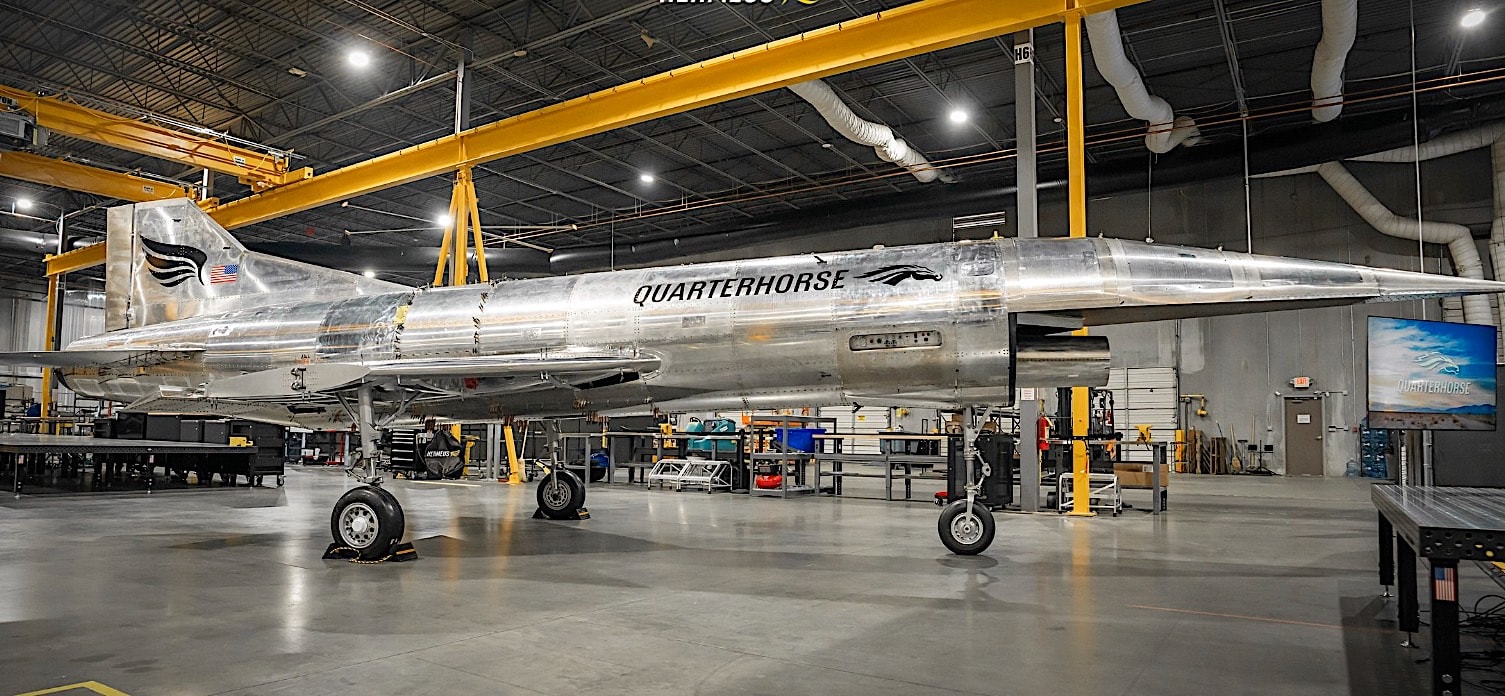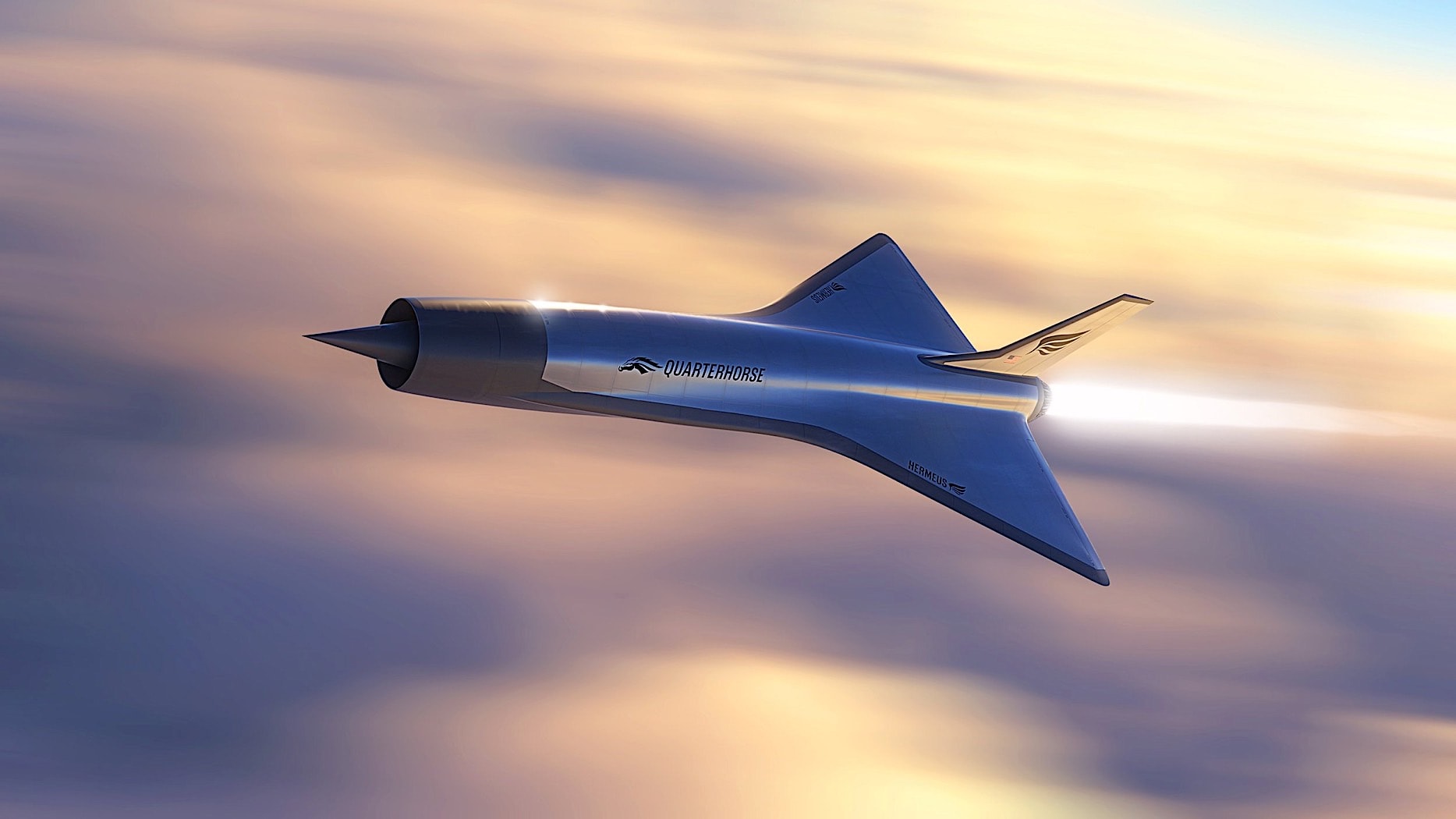Many of today’s active adults either weren’t alive or were very young when the record for the fastest crewed aircraft flying in Earth’s atmosphere was set. That feat occurred in 1976 when an American SR-71 Blackbird spy plane soared through the skies at Mach 3.3, translating to 2,193.2 mph (3,529.6 kph). This record has stood for decades but is now in the sights of a new generation of aircraft: hypersonics.
Hypersonic speeds technically exceed Mach 5 (3,800 mph/6,100 kph). While achievable by space rockets (which easily surpass Mach 25), crewed aircraft, especially, find it challenging.
Yet, several aviation startups are diligently pursuing hypersonic technologies, aiming to revolutionize military and civilian travel. Among them is Hermeus, founded in 2018 in Georgia, envisioning a hypersonic airliner capable of transporting passengers at Mach 5 speeds, potentially enabling trips from New York to London in under 90 minutes.

Named Halcyon, this ambitious aircraft project lacks a precise launch date and appears to have faced delays, partly due to attracting attention from the American military for a project termed Darkhorse. The Darkhorse is a multi-mission hypersonic Uncrewed Aerial System (UAS) designed for defense and national security purposes, representing the world’s sole purpose-built high-mach drone.
Due to military interest and the practicality of designing a drone before a crewed aircraft, Darkhorse’s development may precede Halcyon’s. Hermeus recently revealed the Quarterhorse Mk 1, a fully integrated testbed serving as a precursor to Darkhorse and, ultimately, Halcyon.
Despite resembling experimental planes from the 1950s, Quarterhorse Mk 1, powered by a General Electric J85 jet engine, aims to demonstrate high-speed takeoff and landing, heralding a significant step toward realizing both Darkhorse and Halcyon.
With future iterations planned and technological advancements ongoing, Hermeus’ endeavors in the Quarterhorse program signify a significant stride toward realizing hypersonic flight, potentially reshaping aviation history.

